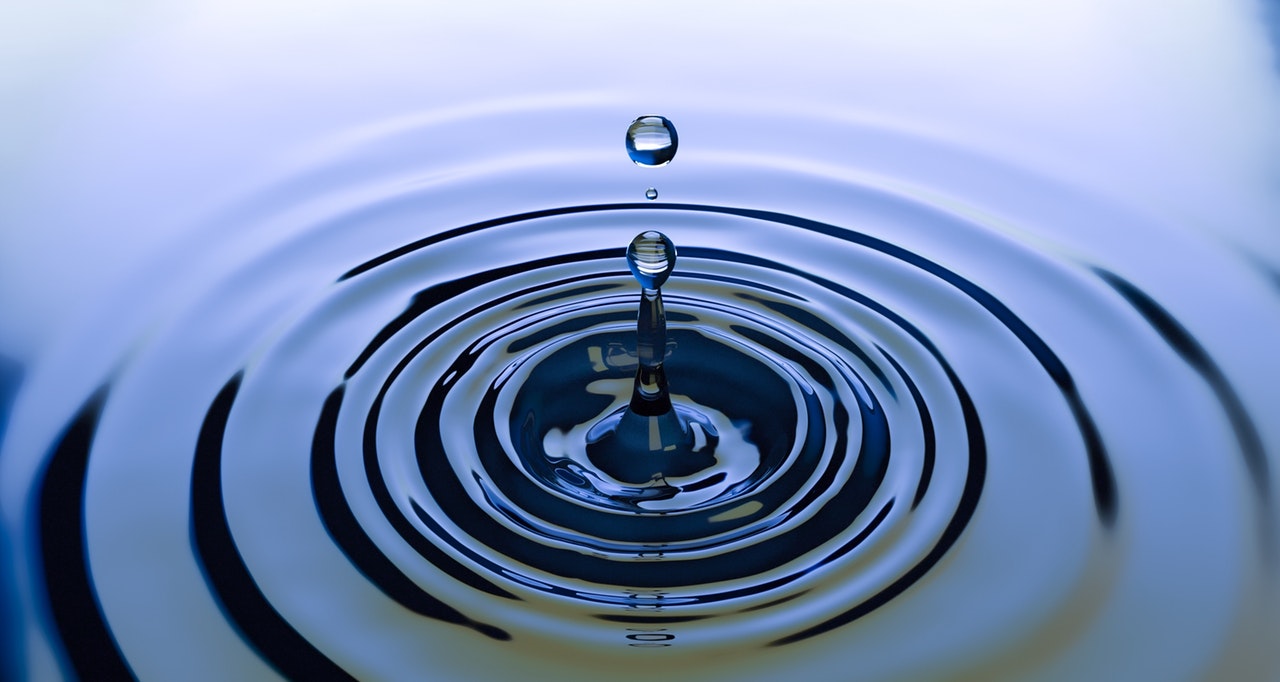Possible sequel for Computing for Clean Water in the future?
 - Image credit: pexels.com
- Image credit: pexels.comAs the contamination of water sources continues in an ever growing populated world, water is getting increasingly valuable and expensive to come by.
Fresh water is being declared as the new oil, any form of knowhow to filter out contaminants and finding an alternate (and cheaper) way for the highly energy demanding desalination proces can be very helpful indeed.
Purification of water happens in several steps, which can be based on principles that are physical (sand filters) chemical (chlorines) and biological ( bacterial treatment ponds).
The Computing for Clean Water line from the World Community Grid is a completed project that distributed work units analyzing the water flow through carbon nanotubes, as they behave differently passing through them compared to normal expectations; The researchers discovered that these vibrations can actually improve the rate of water diffusion by more than 300%, as a result of reduced friction from water passing through.
The project was completed with 37535 years of run time and the return of 96,575,643 results.
I personally contributed in the past by returning 934 work units equalling 142 days of runtime and receiving the Gold badge for Computing for Clean Water  .
.
An international team of researchers was inspired by the Computing for Clean Water project to do a further simulations using a slightly different model and studying the diffusion of oxygen molecules as well as water molecules.
A significant difference between the two studies concerns the type of diffusion that is being monitored:
We only considered water molecules, whereas our colleagues studied also the diffusion of oxygen atoms. Their results suggest that the diffusion of other molecules or ions will be different. This difference is something that we hope to study in future, since it has implications for how effective nanotubes can be in filtering out unwanted molecules and ions, for example salt ions from seawater.
Original article can be read here: https://www.worldcommunitygrid.org/about_us/viewNewsArticle.do?articleId=550
Perhaps this will lead to further studies being distributed through the BOINC platform? I sure hope so because the possible results these fields of research could bare can be extremely valuable to everyone involved, nature included.
References:
- Eduardo R. Cruz-Chú et al., Nat. Nanotech. 12, 1106–1108 (2017).
- Ming Ma et al., Nat. Nanotech. 12, 1108 (2015).
- Ming Ma et al., Nat. Nanotech. 10, 692–695 (2015).
- IBM and the World Community Grid